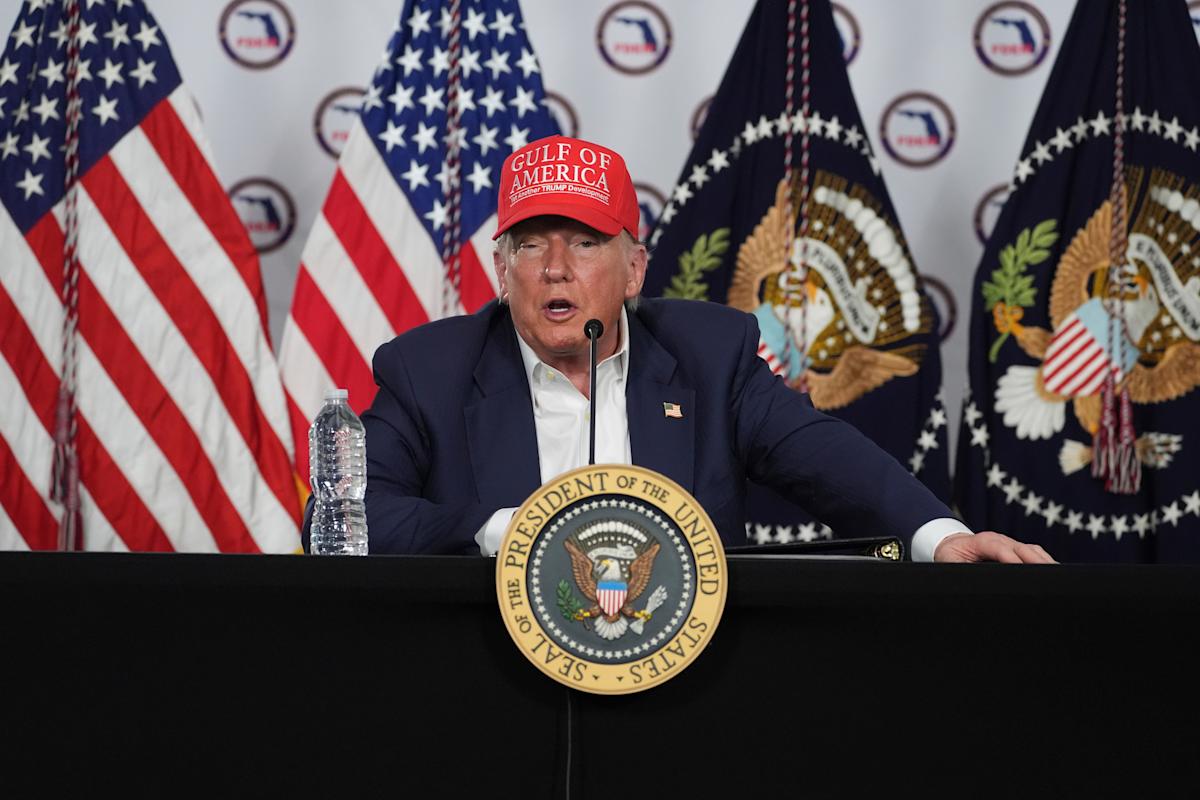Stocks ended a holiday-shortened trading week at record highs as a better-than-expected June jobs report cooled fears of a broader slowdown brewing in the US economy.
The S&P 500 (^GSPC) rose 1.7% to end the week at a record close of 6,279.35. The Nasdaq Composite (^IXIC) also popped about 1.6% and ended the week at a record close of its own at 20,601. Meanwhile, the Dow Jones Industrial Average (^DJI) added 2.3% and is roughly 300 points from a record close.
In the week ahead, a quiet schedule for economic data releases will put President Trump’s self-imposed 90-day tariff delay deadline of July 9 in focus. Delta (DAL) is expected to lead a subdued week for quarterly financial reports when it releases its results on Thursday. Minutes from the Federal Reserve’s June meeting are also expected to be released on Wednesday.
The market’s worst fears over tariffs have subsided amid a pause on many of President Trump’s most aggressive tariffs. The initial 90-day pause Trump placed on his “Liberation Day” reciprocal tariffs from April 2 is set to expire on July 9.
Leading into the self-imposed deadline, it remains unclear what exactly will happen in terms of trade agreements with other countries. Most recently, Trump announced a deal with Vietnam, but other deals with key trading partners, such as the European Union and Canada, remain in question.
Some on Wall Street have argued that the market has already likely priced in an outcome where the estimated effective tariff rate doesn’t skyrocket again as it did on April 2.
“Market participants appear fairly sanguine about what might happen on 9th July,” Capital Economics chef global economist Jennifer McKeown wrote in a note to clients on July 2. “The widespread assumption seems to be that the administration will not risk a repeat of the 2nd April turmoil and instead kick the can down the road with another round of extensions.”
Read more: 5 ways to tariff-proof your finances
A stronger-than-expected June jobs report prompted traders to scale back bets on when the Federal Reserve will cut interest rates next.
The US economy added 147,000 nonfarm payrolls in June, more than the 106,000 expected by economists. Meanwhile, the unemployment rate unexpectedly fell to 4.1%. Economists had expected the unemployment rate to move higher to 4.3%.
Following the report, increasing bets on a July interest rate cut from the Fed reversed as investors’ worst fears about a cooling labor market subsided. On Friday, markets were pricing in just a 5% chance the central bank lowers rates at its July meeting, down from a 24% chance seen a day prior, per the CME FedWatch Tool. Traders also grew more skeptical of a September cut from the Fed, with markets pricing in a 78% chance of Fed cuts by the end of its September meeting, down from a 94% chance seen a day prior.


